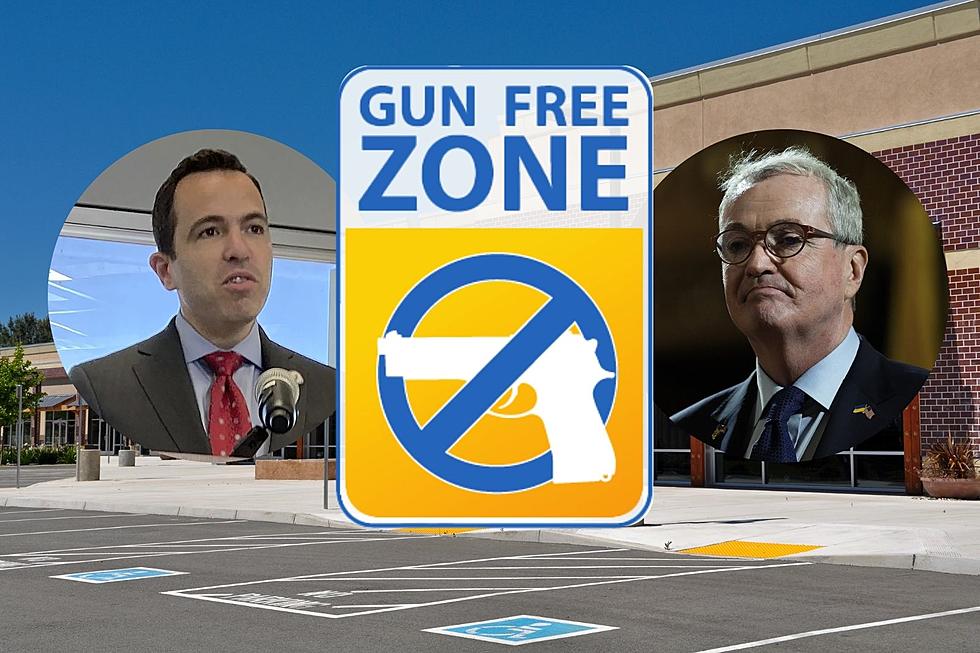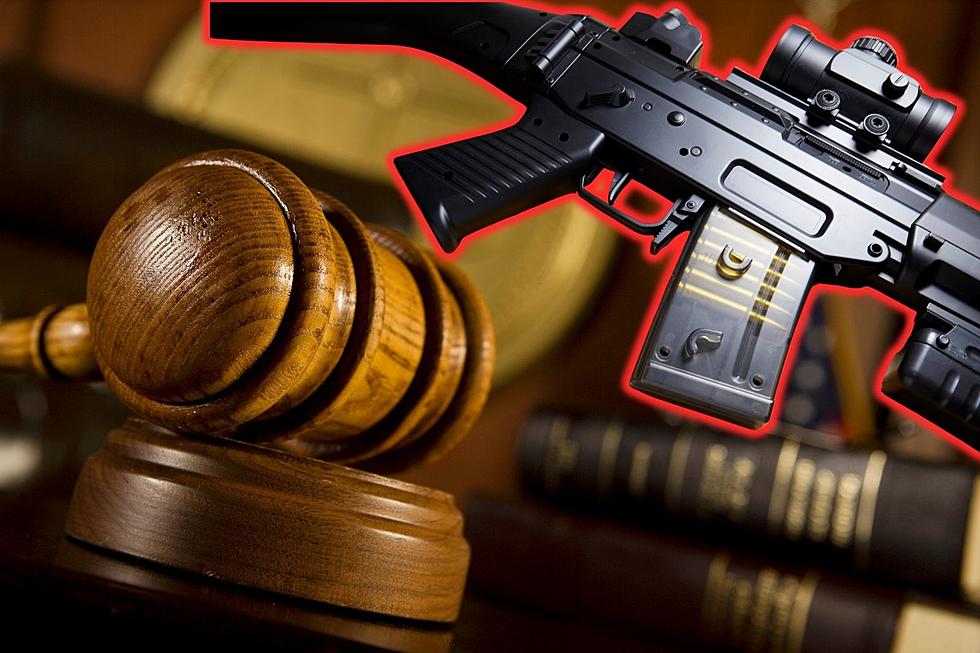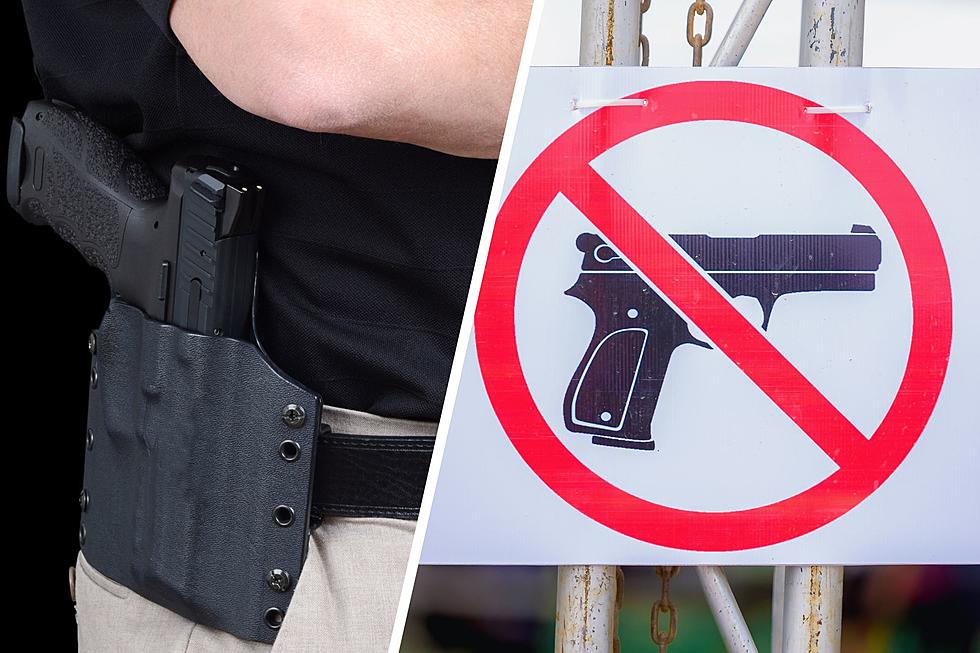![More Adolescents at Risk for Suicide Have Gun Access, Report Says [AUDIO]](http://townsquare.media/site/385/files/2013/01/Handgun-R0Ng.jpg?w=980&q=75)
More Adolescents at Risk for Suicide Have Gun Access, Report Says [AUDIO]
One in five children or teens at risk of committing suicide are able to access a handgun, according to a report presented to the Pediatric American Societies.
Dr. Stephen Teach, Associate Chief of Emergency Medicine at Children's National Medical Center, is behind the study, and notes that it germinated while pursuing a way to quickly screen children and adolescents for psychological and physical issues while in the emergency room.
The four-question survey was given to 524 patients, ages 10 to 12, who were sent to three separate pediatric emergency rooms.
The research found 151 children were at risk for suicide, and of those, 17 reported guns in or around the home. Within that group, 31 percent knew how to get the guns, 31 knew how to get the bullets and 15 percent knew how to get both.
This poses a dangerous situations, Teach says, because suicide attempts with guns have an astonishingly high success rate.
"An adolescent or child who uses a gun in an attempted suicide, the attempt is completed in about 90 percent of cases."
Dr. Matt Miller, an injury control expert at the Harvard School of Public Health, echoes the danger of guns for children with suicidal tendencies.
"You don't end up in the emergency room, you end up in the morgue."
Success Rate of Other Methods Lower
Compared with the five percent success rate with suicide methods, such as razor blades or pill overdoses, Teach notes this means children who make these attempts are often unable to get a second chance at rehabilitation.
Because of that, he stresses the importance to parents and medical professionals, to not only understand the associated risks of having a weapon in the house with adolescents, but also recognize suicidal tendencies.
"Clearly, we want to identify kids at risk for suicide as early as we can, and make sure that they're access to lethal means of all types is restricted."
He notes to look out for signs of depression, including changes in behavior, sleep patterns, and appetite; as well as abandoning once loved activities and friendships.
Miller has a much more direct approach towards gun owners, asking them to evaluate their reasons for owning the weapon and weigh it against the danger it could pose for a suicidal adolescent.
"Parents have to ask themselves, 'Why do I have a gun?' and "Do I want to have one with a child in my home?'"
He says it's important to remember, with hormones and conflicting emotions, children in that age bracket don't necessarily act rationally. Adding a history of depression isn't required for a child to attempt suicide.
Miller notes it's not reasonable to expect children to act like adults, therefore it's up to adults to safeguard their own homes for the children.
"It's an adult responsibility to child-proof their home, and part of that child-proofing is making sure the child cannot get their hands on a loaded firearm."
Teach points out the study has no intention to enter the political debate over gun control, and did not wish to make any comment regarding the issue. He notes the only thing he is concerned with is preventing these instances from occurring.
More From New Jersey 101.5 FM









